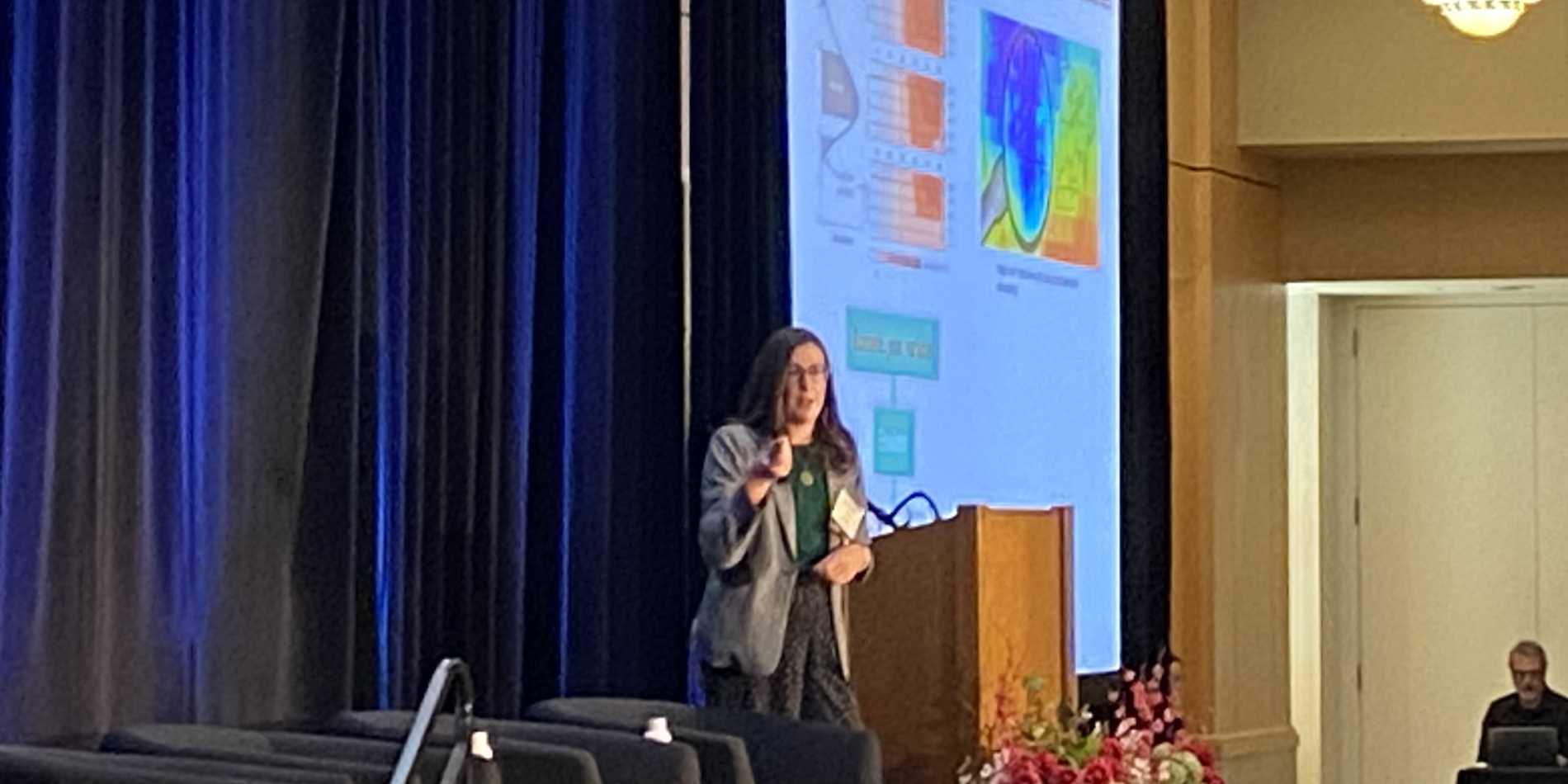Emmanuel Candès Keynotes NeurIPS 2022
Candès will give this year's Breiman Lecture on Conformal Prediction in 2022.
Conformal inference methods are becoming all the rage in academia and industry alike. In a nutshell, these methods deliver exact prediction intervals for future observations without making any distributional assumption whatsoever other than having independent and identically distributed, and more generally, exchangeable data. This talk will review the basic principles underlying conformal inference and survey some major contributions that have occurred in the last two to three years or so. We will discuss enhanced conformity scores applicable to quantitative and categorical labels. We will also survey novel methods that deal with situations, where the distribution of observations can shift drastically — think of finance or economics where market behavior can change over time in response to new legislation or major world events, or public health where changes occur because of geography and/or policies. We shall illustrate the methods with examples including the prediction of election results or COVID19-case trajectories.
Emmanuel Candès is the Barnum-Simons Chair in Mathematics and Statistics at Stanford University, and Professor of Electrical Engineering (by courtesy). His research interests lie at the interface of statistics, information theory, signal processing and computational mathematics. He received his Ph.D. in statistics from Stanford University in 1998. Candès has received several awards including the Alan T. Waterman Award from NSF, which is the highest honor bestowed by NSF to early-career scientists, and the MacArthur Fellowship, popularly known as the ‘genius award’. He has given over 80 plenary lectures at major international conferences, not only in mathematics and statistics but in many other areas as well including biomedical imaging and solid-state physics. He was elected to the National Academy of Sciences and to the American Academy of Arts and Sciences in 2014. Website



